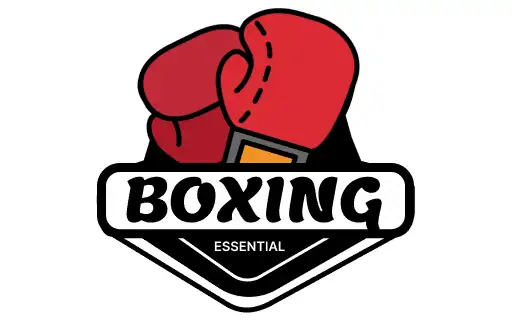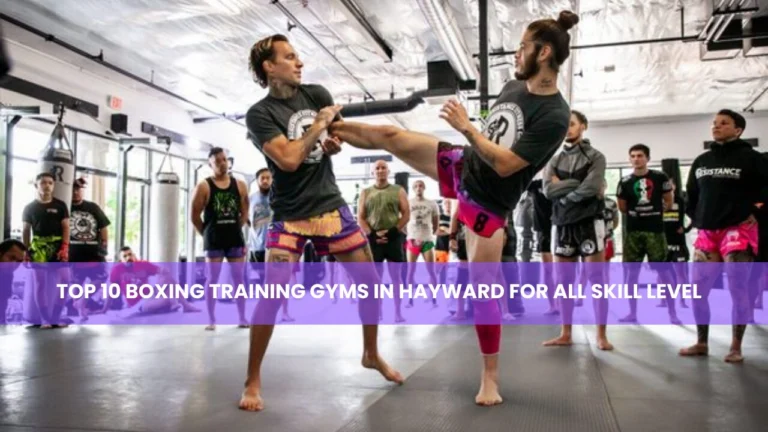In the fast-paced world of boxing, every punch, dodge, and footwork maneuver stems from one vital source: the core. Core training for boxing isn’t just about sculpting a six-pack; it’s about developing the foundational strength that fuels every aspect of performance in the ring. From rotational power to balance and endurance, your core is the engine that drives knockout success.
Many fighters focus heavily on upper body strength or cardio conditioning, but neglecting the core can be a critical mistake. Understanding how core training can dramatically enhance your boxing skills—and learning how to incorporate it into your routine can be a game-changer in your performance.
What is Core Training in Boxing?
Core training in boxing goes far beyond basic crunches or sit-ups. It targets essential muscles that stabilize the spine and pelvis. These include the rectus abdominis, obliques, transverse abdominis, erector spinae, lower back muscles, hip flexors, and glutes. These muscle groups play a central role in explosive movements such as throwing punches, slipping, rolling, and maintaining posture under fatigue.
When a punch is thrown, energy is generated from the feet and transferred through the hips and torso. This chain of power transmission is dependent on a strong, stable core. Without it, the efficiency and effectiveness of your movement decreases, leaving you vulnerable to counterattacks and fatigue.
The Benefits of Core Training for Boxing
Powerful punches are not generated from the arms alone. They begin at the ground and pass through the core before reaching the fists. A well-trained core optimizes this energy transfer, increasing the force behind your strikes. Sports biomechanics studies affirm that torque, a critical rotational force in punches like hooks and uppercuts, is heavily reliant on core strength.
Boxers rely on constant movement and weight shifting. A strong core is crucial for maintaining balance and staying grounded, especially during defensive techniques like slips and ducks. Beyond that, core endurance plays a pivotal role in later rounds by supporting posture and breathing. A resilient core helps fighters retain their form and efficiency when fatigue sets in. Furthermore, core stability reduces the risk of common injuries like lower back strains, oblique tears, and hip issues. It also allows quicker transitions between offense and defense, giving fighters a crucial edge in close encounters.
Key Core Exercises for Boxers
There are several core exercises specifically beneficial for boxers. Plank variations such as the standard plank, side plank, and plank with reach help build endurance, balance, and lateral stability. Russian twists are excellent for developing rotational strength, which mirrors the twisting action of the torso during a hook or uppercut.
Medicine ball slams help develop explosive rotational power, simulating the energy needed for fight movements. Hanging leg raises target the lower abdominals and hip flexors while reinforcing control and core alignment. Cable woodchoppers mimic punch motion while activating the obliques, and stability ball rollouts target deep stabilizing muscles while maintaining spinal alignment. Additional foundational exercises like dead bugs and bird dogs are excellent for enhancing coordination and protecting the spine, especially during recovery periods.
Advanced Core Drills for Competitive Boxers
For fighters ready to take their core training to the next level, advanced drills provide both explosive power and sport-specific movement. Sledgehammer slams help build rotational force and simulate a cross punch, engaging the posterior chain. Tornado ball wall rotations increase endurance and core explosiveness by involving dynamic swinging movements against resistance.
Resistance band punches closely resemble real punch mechanics while activating stabilizing core muscles and improving punch recovery. Finally, reactive drills that respond to visual or auditory cues not only train the core but also sharpen reflexes and mental agility—an essential edge in competitive boxing.
Sample Core Workout Routine for Boxers
A well-structured weekly routine can help you build a strong core foundation. Start with a day focused on stability and endurance, incorporating planks, side planks with reach, dead bugs, bird dogs, and stability ball rollouts. These exercises build the core’s ability to maintain control over extended periods.
On power and rotation days, emphasize exercises like Russian twists, woodchoppers, medicine ball slams, sledgehammer slams, and resistance band punches. This develops explosive strength required for punching power. Round out the week with a mixed routine, combining hanging leg raises, plank with shoulder taps, tornado ball rotations, weighted sit-ups, and reactive drills. Keep rest intervals short and repeat each circuit multiple times for best results.
Core Training Mistakes to Avoid
A common mistake among fighters is over-relying on crunches. While popular, they target a narrow range of muscles and neglect deep stabilizers like the transverse abdominis. Another error is neglecting the lower back. Balanced core development is crucial for healthy posture and injury prevention.
Form is essential. Performing dynamic exercises incorrectly increases injury risk. Overtraining is another issue; like any other muscle group, the core needs time to recover. Lastly, failing to increase exercise intensity or variety can stall progress, leading to training plateaus.
How to Progress Your Core Training
Progressive overload is essential for ongoing improvement. This can be achieved by adding resistance with weights or resistance bands, increasing time under tension, or incorporating instability through tools like stability balls or BOSU trainers. Combining core work with boxing-specific movement—such as integrating drills into shadowboxing or footwork—also helps build functional strength directly applicable in the ring.
Integrating Core Work into a Boxing Regimen
Core exercises should complement, not replace, boxing drills. One is to include core circuits after pad work or sparring sessions to simulate real fight fatigue. Alternatively, include them in warm-ups to activate stabilizers before training. Vary sessions between stability and power-focused routines to develop a well-rounded core. On rest days, light core work can aid in recovery while maintaining consistency.
Real-World Example: Anthony Joshua’s Core Emphasis
Heavyweight champion Anthony Joshua places a strong emphasis on core development in his training regime. His workouts include weighted plank holds, dynamic resistance band drills, and explosive medicine ball throws. According to his strength coach, Joshua’s core training enhances his posture, stability, and knockout power attributes clearly visible in his bouts against elite fighters like Wladimir Klitschko and Andy Ruiz Jr.
Trusted Expert Insights
A study published in the Journal of Strength and Conditioning Research found that boxers with higher core endurance outperformed others in both punch accuracy and power. Boxing Science, a respected authority on boxing performance, stresses the importance of core stability for efficient force transmission and quick reactions. Their programs, backed by scientific principles, make core training a central element for fighters at all levels.
Frequently Asked Questions
What’s the best core exercise for boxing?
There isn’t just one. A combination of planks, rotational drills like Russian twists, and explosive moves like medicine ball slams is ideal for overall development.
How often should boxers train their core?
2 to 4 times a week is sufficient. Overtraining can lead to fatigue and diminish performance.
Can I do core workouts before sparring?
Light core activation (e.g., dead bugs, planks) before sparring is okay, but avoid intense sessions that fatigue your stabilizers before a fight.
Should I use weights in core training?
Yes, especially for building power. Use weights for exercises like cable woodchoppers or weighted Russian twists to enhance resistance and improve strength.
Is core training enough for boxing fitness?
No, core training should complement skill work, cardio, strength, and mobility training. A complete program includes all elements.
Conclusion
Core training for boxing is the missing link between average and elite performance. Whether you’re an amateur fighter or a pro, a strong and functional core translates to greater punch power, balance, and durability in the ring.
Incorporate the exercises and tips in this guide to level up your training. Core development isn’t a luxury, it’s a necessity. A well-trained core will give you the physical edge and confidence to outlast and outperform your opponent. Visit boxing essential to explore more.




